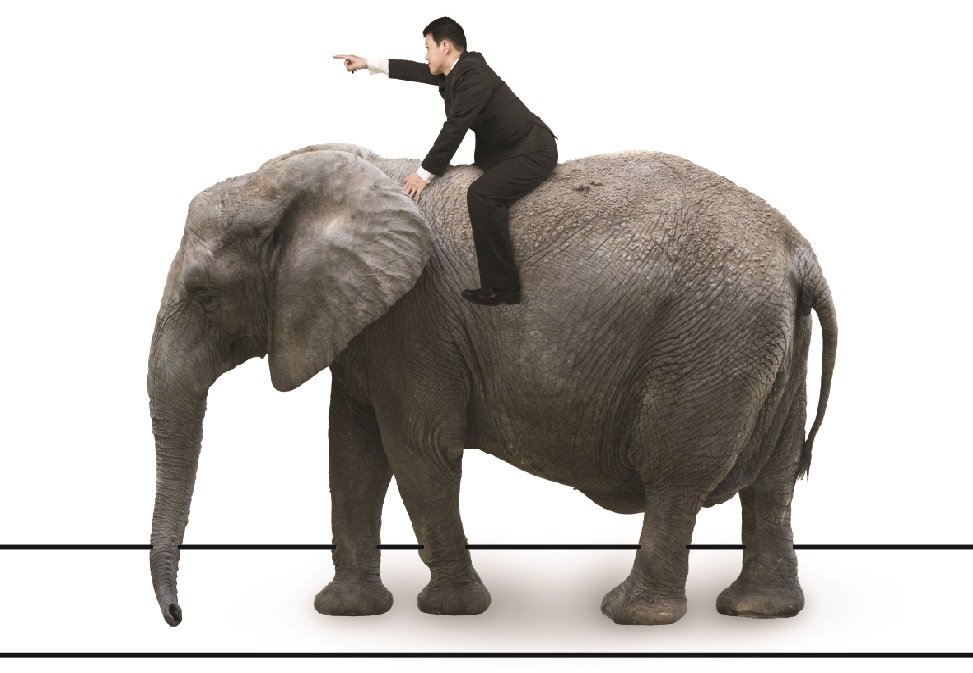The Ladder of Health - Part 1
What is the Ladder of Health?
The Ladder of Health is a metaphor that represents my approach to building a healthy, sustainable life in a way that is personalized around the individual. Movement, Nutrition, and Recovery are the rungs on a ladder that takes you to new heights and in this case produce physiological change. However, your Environment and Mindset are like the girders on each side of the ladder that the rungs rely on for support. Without a strong system of support from these girders, the whole thing risks falling apart. I have found that to help people successfully and sustainably progress towards their goals, we have to take into account both physiology and psychology. Every person has a unique body and a unique personality. Being able to personalize someone’s program around both aspects is essential and will become more clear when breaking down the Ladder of Health.
The Psychology
Many of us are ambivalent to change, i.e. have mixed or contradictory feelings towards change. An example is that a part of us wants to start exercising to lose weight, but at the same time a part of us really wants to eat a quart of ice cream while binge-watching our favorite show on Netflix. We find ourselves in the middle of this internal tug of war that makes change difficult and inconsistent. To break this down I will reference the book “Switch: How to Change Things When Change Is Hard” by Chip Heath and Dan Heath where they use a metaphor of the rider, sitting atop of an elephant, and walking the path.
The Rider & The Elphant
The rider is a metaphor for our rational, analytical mind that thinks and plans. In our example, the rider knows that in order to progress towards their goal of losing weight they must exercise and clean up their nutrition. This is totally rational and makes a lot of sense! However, the rider is sitting on top of a giant elephant that is walking towards change. The elephant is a metaphor for our emotional mind that reacts to stress, fear, love, enjoyment, etc. In our example, the elephant may be overwhelmed with stress, tired from a long day of work, and just wants to unwind by eating ice cream while watching Netflix. The rider can use willpower to override the elephant’s will for short time, but willpower is a finite resource that eventually runs out. At some point, the giant elephant will win that tug of war and can end up sabotaging the rider’s progress toward their destination.
The Path
The path on which the elephant travels is a metaphor for is our environment around us that influences how we behave. Without a thought in the world, the elephant would likely walk the well-made path rather than stumbling through the woodlands. In our example, maybe the path to the gym after a stressful day of work is far or inconvenient to get to while the path to the freezer and the couch is very close or convenient. When push comes to shove the elephant will tend to take the path of least resistance, so you can see how big of an impact your environment can have.
By creating health strategies through the lens of Mindset and shaping your Environment, we can make behavior change easier and more sustainable. Keep an eye out for new content coming to my website that can help you create the changes in your life that will help you progress towards your goals.
Mindset
Motivation: Intrinsic vs extrinsic
Fixed vs growth mindset
Belief systems
Do you see failure as an opportunity to learn or a reason to quit
Understanding our human needs for happiness or emotional safety
Self-awareness of our internal stories
Environment
Your home
The food in your kitchen
Access to a gym or exercise equipment
People you surround yourself with
Outdoors/nature
Your desk/workstation
The setting of your bedroom



